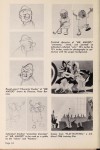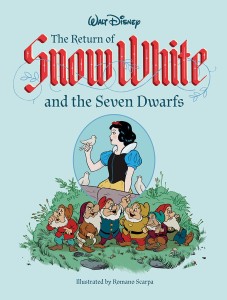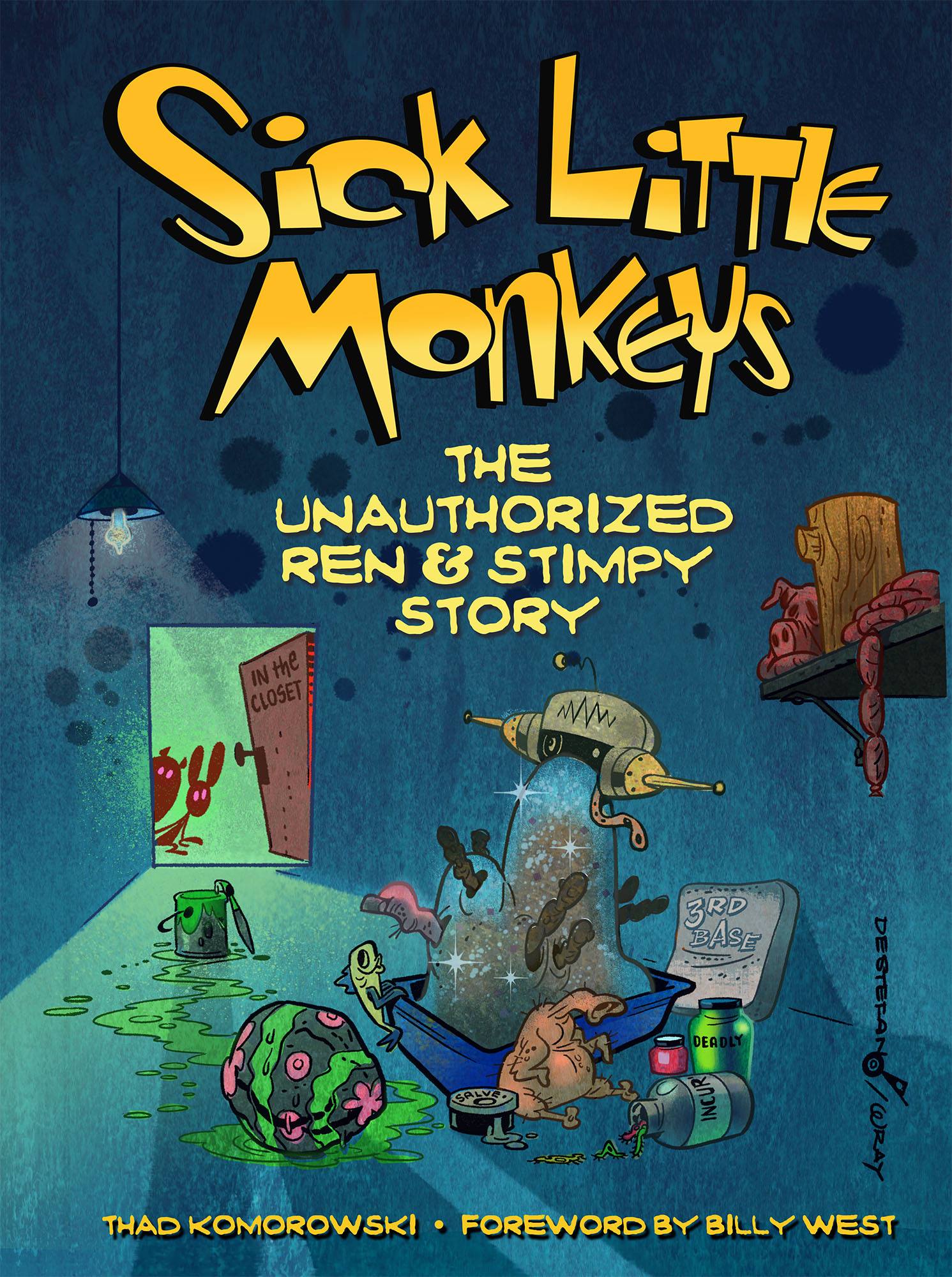My critical post about Warner Archive’s Porky Pig 101 set has sparked considerable hostility in many corners of the Internet, some of it in my own comments section but mostly on Facebook. Chief among my critics is Ron Hutchinson of the Vitaphone Project, who wasted no time blasting me as “cinewhiner” because simply wanting the cartoons as they were originally presented is “complaining about everything,” and that I’m upset because I wasn’t called in to work on it. (We were once Facebook friends, and then Ron blocked me some time last year for some unknown reason. So I can’t help but see his attacking me in a venue where I can’t directly respond to him, often on the pages of friends and collaborators, as cowardly.) He needs to work on being a less transparent corporate shill, and ponder if he’d be so complacent if his Vitaphone Varieties collections released through Warner Archive had been plagued with the same issues. I’m not sure what that kind of sniping and gossiping buys us, when the work speaks for itself.
Enough. The Porky set had a noble goal—to get all of the cartoons in one place—but was forced to be completed in a timeframe and budget that obviously precluded basic quality control, and resulted in a collection far below basic acceptable standards (never mind those of the wonderful Golden Collections). Since Warners has admitted that they will not be revisiting these cartoons in the future, the set at the very least should have allowed people to pitch their recordings from Cartoon Network, or in my case the homemade copies I compiled with fellow collectors decades ago. With the vandalism done by Warner Archive, they most emphatically cannot.
Without even getting into the directors’ choices, Carl Stalling came up with a unique opening cue and arrangement for every one of his Warner cartoons. Now his creativity has been sabotaged because people who shouldn’t have their jobs did amateur production work. This is censorship, plain and simple. The copyright holders deserve no praise for following the model they’ve used for years for Hanna-Barbera dreck on material that obviously deserves better: dumping content (black-and-white or not) and putting out a made-on-demand set on the level of one on a dealer’s table at a movie convention. If people would rather have these compromised versions than nothing, that’s fine. I know the feeling of needing some copy, as I myself had to make due with compromised versions of certain films for years. (Although I almost always refused to grant any censored or colorized films shelf space.) But when this is being done in the modern era, when everyone knows better, if some of us choose to not be blackmailed by corporate thugs and say, “Fine, then nothing,” and hold onto our own old copies, we shouldn’t be chastised – particularly when the errors we’re pointing out are absolutely there.
Perhaps this is another side effect of Trump’s America. People seek anything, anything, to escape this nightmare, and for a lot of people, a set of cheery cartoons was just that. Point out the miserable treatment the films were given, on the level of Alpha Video, and what happens? We have our answer.










 Now available from Fantagraphics is
Now available from Fantagraphics is 